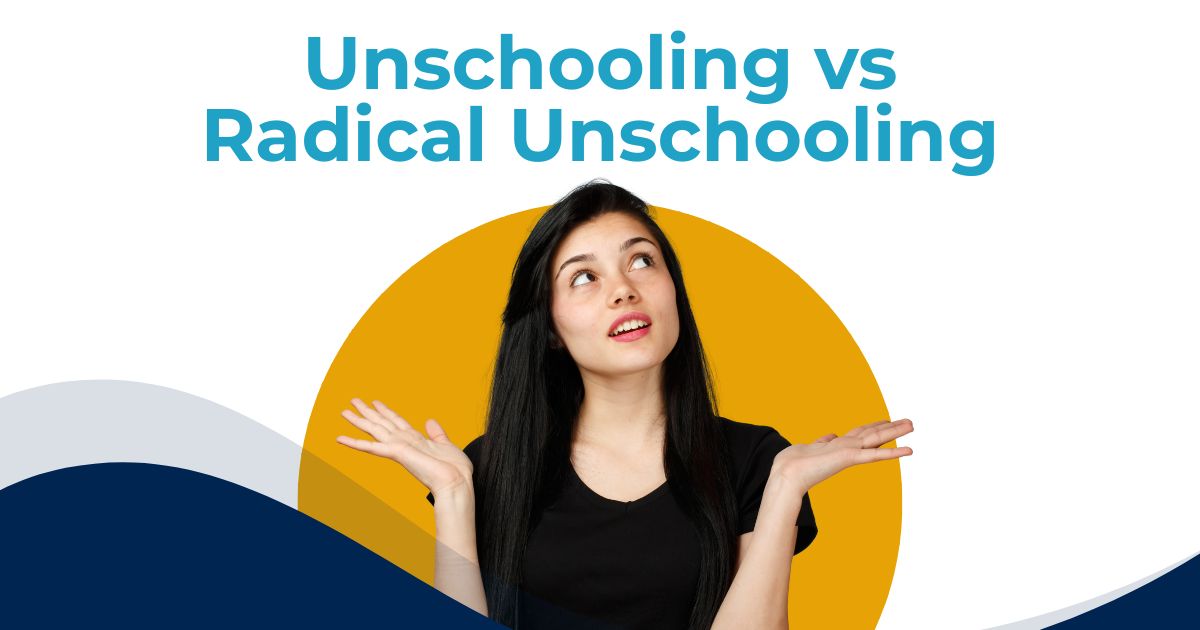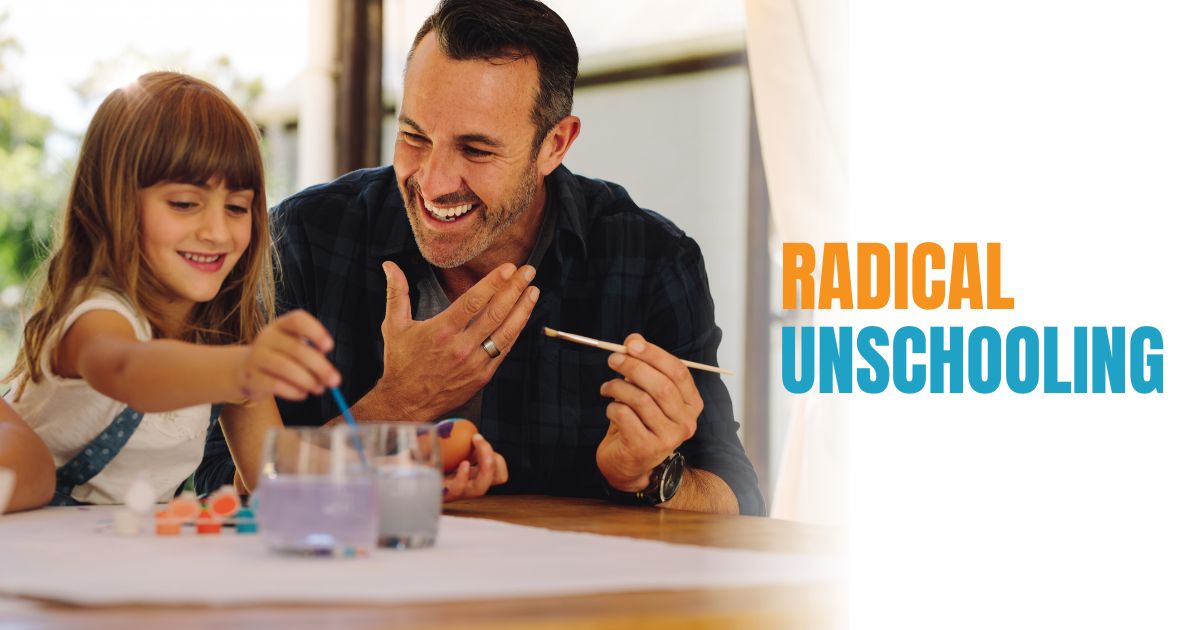The Christmas season often brings a whirlwind of activity, but for homeschooling families, it also presents a beautiful opportunity to slow down and learn together. Adopting a Charlotte Mason approach to the holidays allows us to replace frantic energy with rich, living ideas. Instead of just another craft, we can engage in meaningful Charlotte Mason […]











